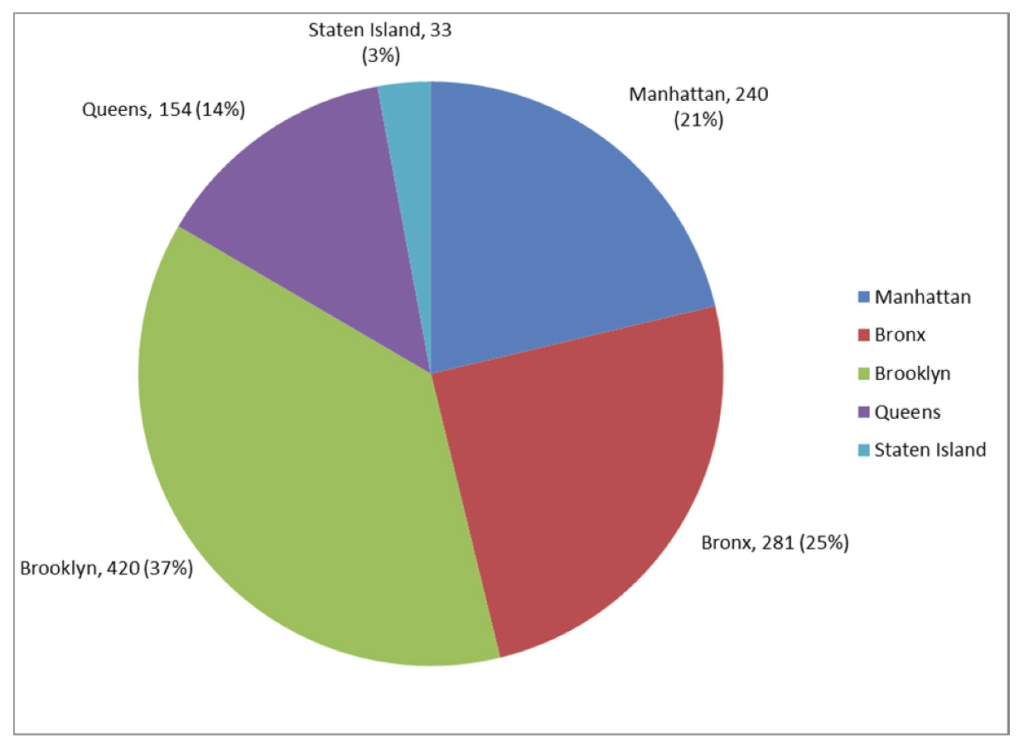Mario Cuomo graduated first in his class at St. John’s University School of Law School in 1956 but his job application was rejected by 50 law firms. As Charles Hynes, the longtime Brooklyn District Attorney, put it: “in those days, bigotry was not confined to matters of skin pigmentation.”
This excerpt from The Atlantic in December, 1990 describes his years at the Brooklyn firm of Corner, Weisbrod, Froeb and Charles.
When Mario Cuomo went into private practice, he joined a firm in Brooklyn, becoming part of the throng of lawyers whose offices crowd Court Street to this day. The term “Court Street lawyer” has curious connotations in the city’s legal profession; it is used to refer to the mob of assembly-line attorneys who fill the borough’s personal-injury and nuisancesuit courts. (In one legal broil a professor at Brooklyn Law School actually countersued a colleague for calling him a Court Street lawyer.) Cuomo, as it happens, worked for Corner, Weisbrod, Froeb, and Charles, one of the two or three prestige firms in the area. But, as the firm’s first litigation specialist, he was not entirely separate from the contentious ambience of Court Street.
Going to trial requires a fantastic level of commitment. When court is in session, good litigators work round the clock in a state of meticulously controlled fury. Cuomo loved it.

